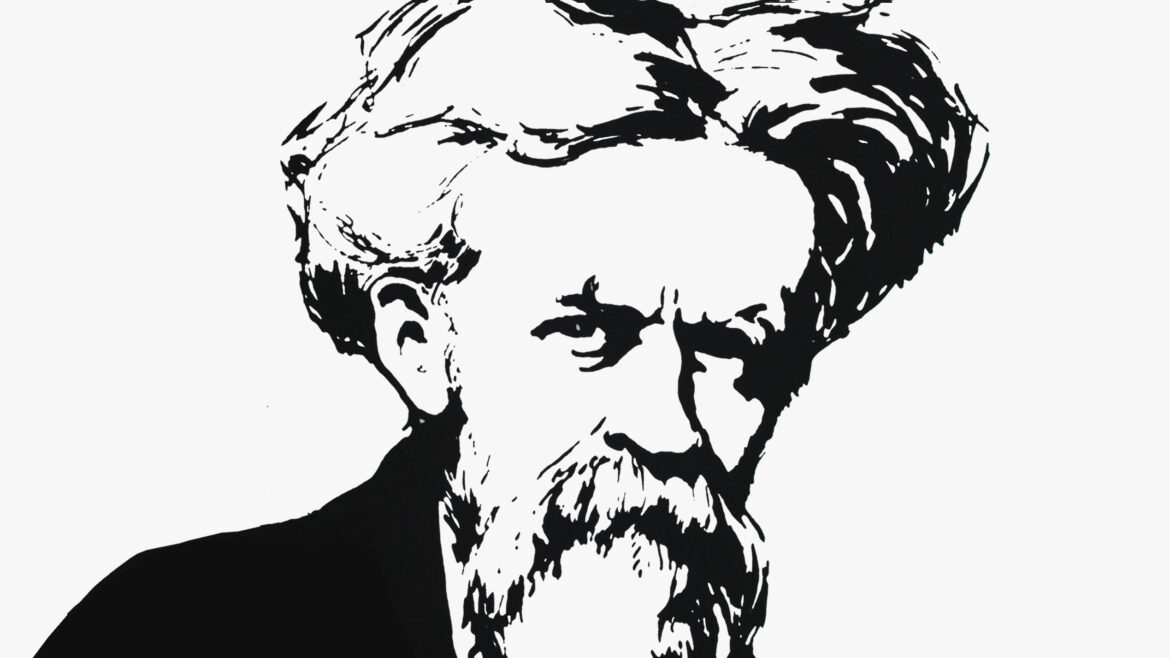In the article The Identity of a Place: Place-Based Interventions Between Land and Society, I argued for the necessity of a place-based document or report—a tool that could assist practitioners working with places (architects, planners, policymakers, social scientists, and others) in making informed decisions whenever the character of a place must be understood from a holistic perspective—or, as I prefer…




